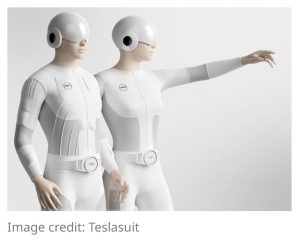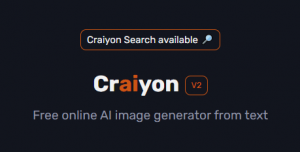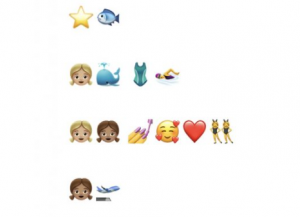Elaine Lee_ETEC540 Final Assignment (PDF version)
As we wrap up our course, I wanted to take a moment to share a bit about my final project. For my project, I decided to research Seesaw, an e-portfolio platform, and its implications for literacy and education.
Seesaw is a tool that allows students to create and share digital portfolios of their work. My research focused on the ways in which Seesaw can support literacy development and enhance learning in the classroom. I examined the benefits of using Seesaw to promote student agency and ownership and to foster collaboration and communication among students, teachers, and families. Throughout my research, I found that Seesaw has a lot of potential to be a powerful tool for supporting literacy development and enhancing learning outcomes. I believe that its ability to provide students with an authentic audience for their work and to foster collaboration and feedback is particularly valuable. I hope that my findings have provided some insight into the ways in which digital tools like Seesaw can support literacy development and enhance learning in the classroom.
As we come to the end of our online course, I want to take a moment to express my gratitude for the experience of learning together with all of you. While we may not have had the opportunity to meet in person, I feel that we have built a sense of community through our discussions and linking assignments.
Thank you, Ernesto, your guidance and support throughout this course have been invaluable. Your thoughtful feedback and clear explanations have helped me to understand the material and develop new skills. I appreciate the effort you have put into creating a well-organized and engaging online course that has allowed us to learn effectively. I am confident that the knowledge and skills we have gained will be valuable in our future endeavors, and I wish each of you the best of luck in all your future pursuits.
Thank you again for a wonderful online learning experience!
Elaine











